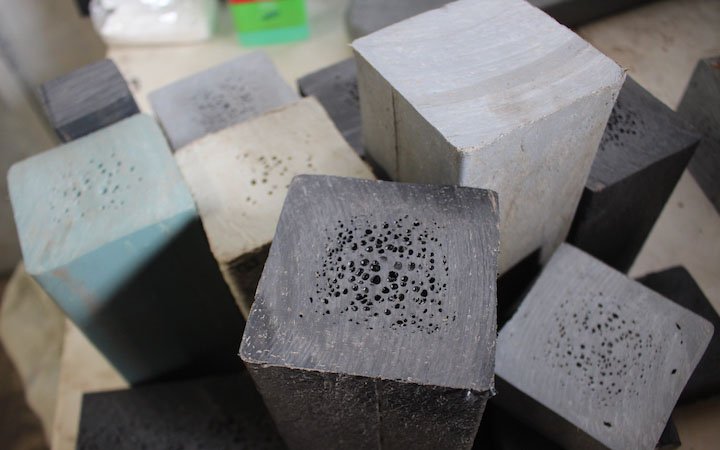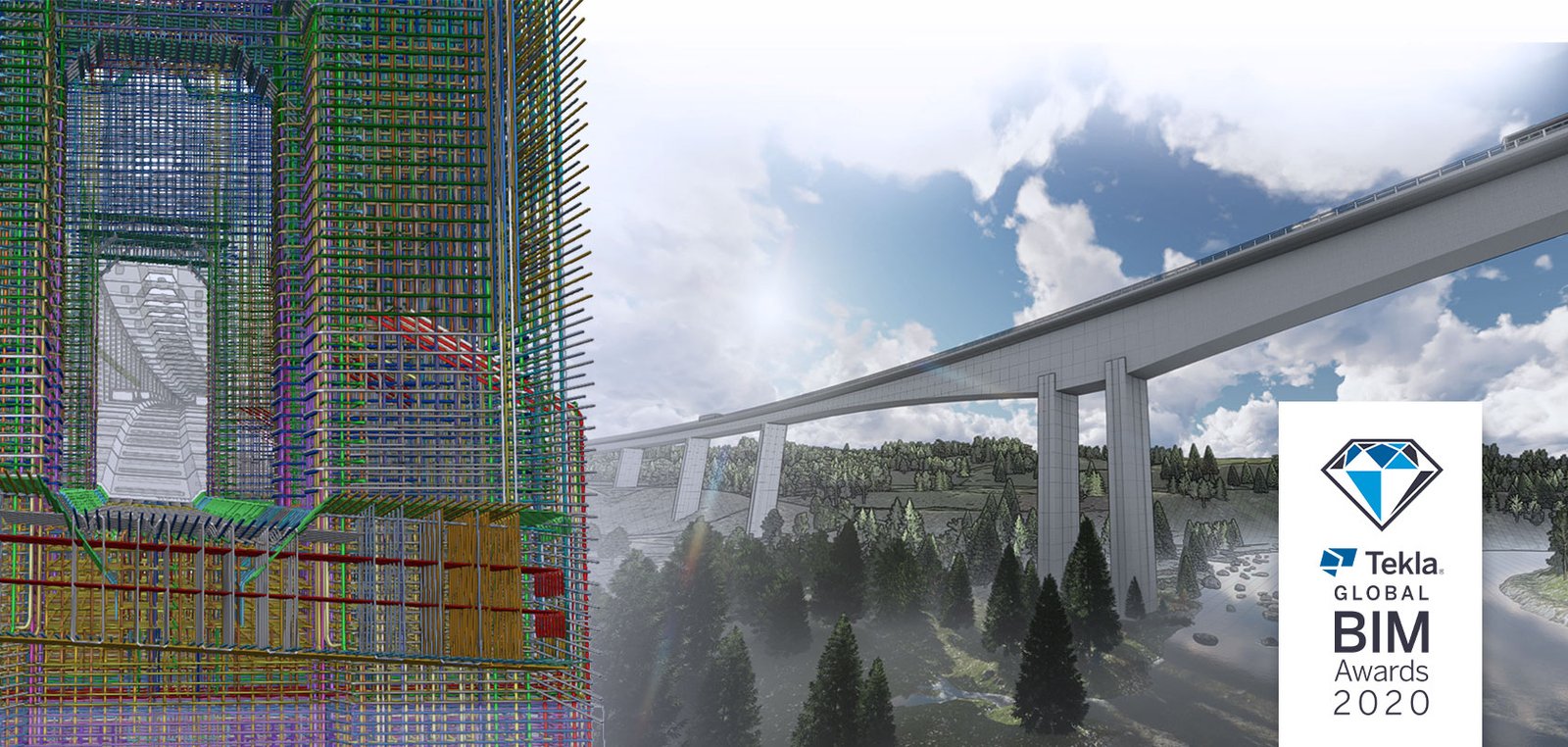In hot, tropical regions like the Philippines, window and door systems that are designed to keep the heat out will function well. Windows with low SHGC ratings (low solar heat gain coefficients) are suitable, and when combined with appropriate insulation, they work hard to keep the heat out of your home. In these climes, double-glazed windows and doors with low-e glass on the outer pane are a must-have.
Glass Specs
Low emissivity (low-E) glass is the most energy efficient type of glass for double and triple glazing. One of the interior glass surfaces of Low-E glass has a microscopically thin covering of metal oxide. This covering reflects heat back into the home while still allowing light to pass through for cold climates. The same type of glass should be installed in reverse for hot climates.
Retrofitting Glass For Heat Efficiency
Excessive heat should be avoided in order to achieve indoor comfort with the least amount of energy usage. While curtains and blinds provide privacy and assist to keep some heat out, they also block off natural light. Window Films can help keep your home light and pleasant all day by blocking up to 78 percent of the sun’s heat from entering through your windows.
One thing to keep in mind concerning glass films is that they have an average lifespan of about 8 years. The film will discolor, peel, dry, fracture, and create bubbles after accumulating thermal stresses and being exposed to sunlight for so long. It will lose its initial potency in the long run.
The thermal coating is undoubtedly the most technologically advanced of the alternatives available on the market. This new product, which has only lately made its way onto the Philippine market, is a total revolution in the eco-efficient industry and the technological world.
The coating prevents 100 percent of UV rays as soon as it is applied. While shielding your family, colleagues, and property from the harmful effects of the rays, window coatings also reduce infrared penetration, preventing heat accumulation and so lowering energy expenditures. Due to the thermal barrier formed, it also helps you to control your cool loss in the summer. You will be able to save so much money by reducing your cooling demands and A/C consumption in the summer that you will see a return on investment in only 3-4 years after the coating is applied. Furthermore, most coatings are designed to endure between 15 and 20 years. Definitely a wise long-term investment.










0 Comments